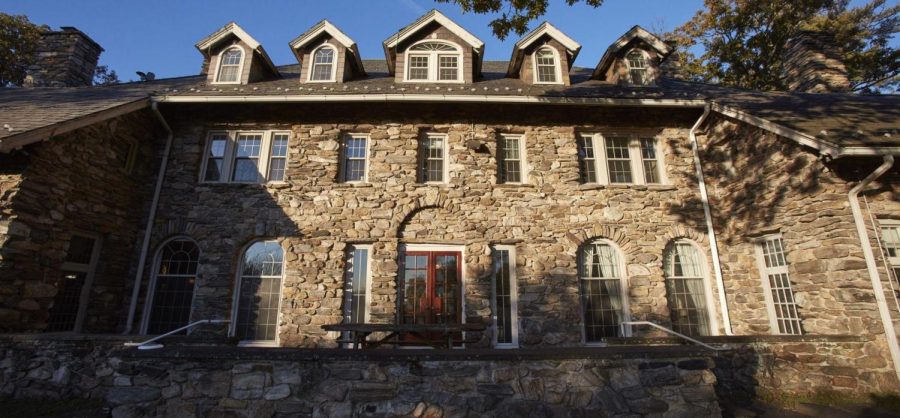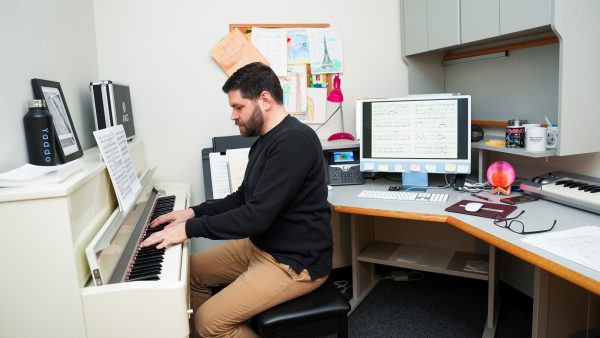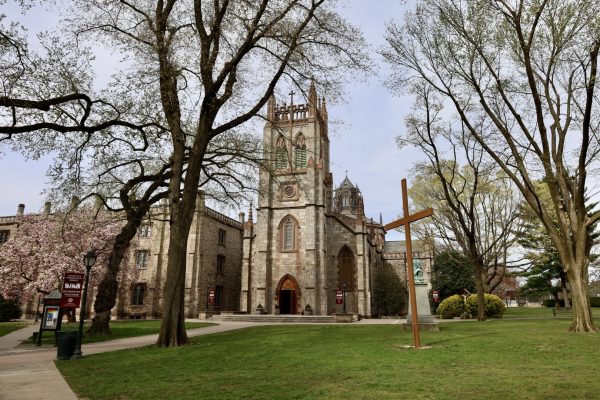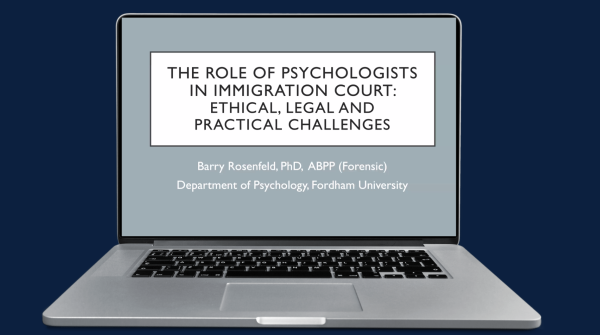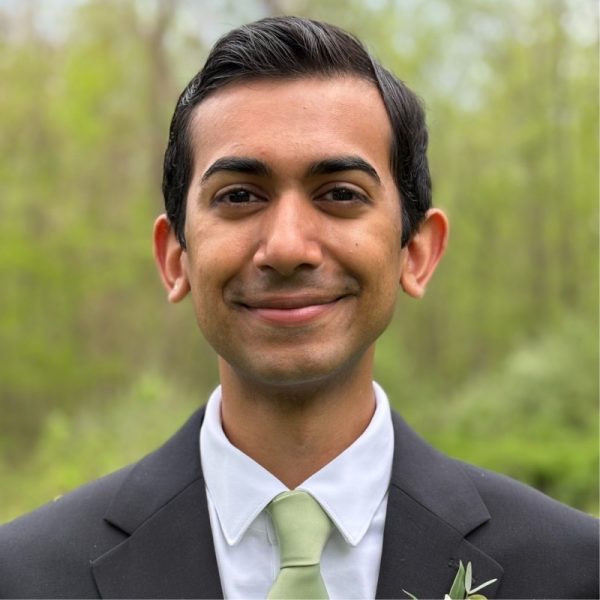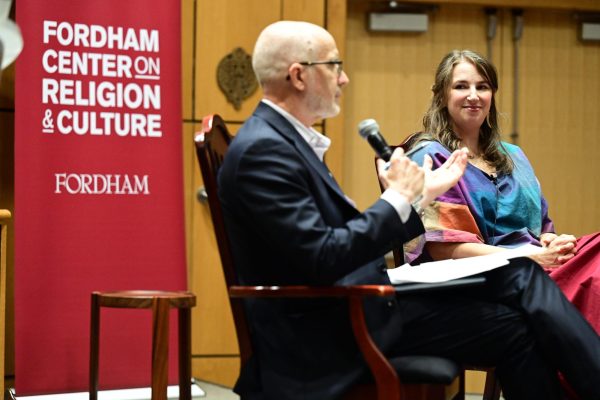Fordham Holds Virtual Tour of Louis Calder Center
On Thursday, Nov. 12, Fordham held the “Behind the Science” Virtual Tour of the Louis Calder Center, a 113-acre biological field station located in Armonk, New York. The event was hosted by Associate Research Scientist and Center Director Tom Daniels and moderated by the Director of Special Events at Fordham Liz Davis.
“This webinar serves as a way for us to say thank you to our supporters, introduce newcomers to the center and share the center’s unique initiatives and groundbreaking ecological research with members of the Fordham community,” Davis said.
During the webinar, Daniels gave a virtual tour of the center, highlighting student and faculty research projects and other educational programs. A brief question and answer session was held after the presentation.
“When I was first asked to give a behind the scenes or science tour of the Calder Center, my first thought was that the people who want to go behind the scenes usually at least see the scene first,” Daniels said.
Despite the circumstances, Daniels wanted to give guests a sense of the center and the work conducted there.
Louis Calder was a conservationist of the 20th century who revolutionized the paper industry. The land used to be a family estate and was ultimately deeded to the university in 1967. Daniels showed in his presentation how the property has changed over the years.
The center is 680 feet in elevation, one of the highest points in Westchester County. The land is home to much wildlife, including bears, coyotes and birds.
“We’ve done a pretty good job, I think, of maintaining much of the character of land,” Daniels said.
The mission at Calder is three-fold, according to Daniels. The first is to help us understand the world we live in. They achieve this by designing research projects that have asked well-defined questions, Daniels said.
“I feel very strongly that the Calder Center has the resources, the physical and personnel resources to help bring along this next generation of environmental leaders,” Daniels said.
The center also aims to let people experience nature so they ascribe value to it and make new scientists. The core of the mission is to educate students. As Daniels said, it takes scientists to make scientists.
“Environmental stewardship has never been more important, and I think we’d all agree that a science-educated populace is really needed if we’re going to have a generation of problem solvers,” Daniels said.
The mission of the Calder Center, in terms of what studies it conducts, is entirely at the discretion of its faculty.
“Their interests are what drives that work here, both in terms of the focus their labs take and in the research projects that the students are working on,” Daniels said.
The center frequently hosts volunteers. However, given the pandemic, volunteer programs at the site have been scarce. Currently, a BioBlitz is being planned, where a group of volunteers will come onto the site and identify species.
“I think we can move forward with the help of others,” Daniels said. “We’d like to have volunteers who would enjoy nature while they help us collect data, and it could be really useful.”
The Calder Center also partners with the New York Botanical Gardens, the Bronx Zoo and the Museum of Natural History. Many students who study at the Calder Center have gone on to work at these organizations.
“Those opportunities to work in other places outside of Calder are there,” Daniels said. “It’s just a question of making a contact with a faculty member, expressing an interest in a particular kind of research project and then going from there.”
Daniels has been working on the property since 1985, and he says the job never gets old.
“I work in a field where things are expected to change, and they’re going to change,” Daniels said. “Trying to track change and trying to understand change, that never gets old. It’s always a mystery.”





































































































































































































